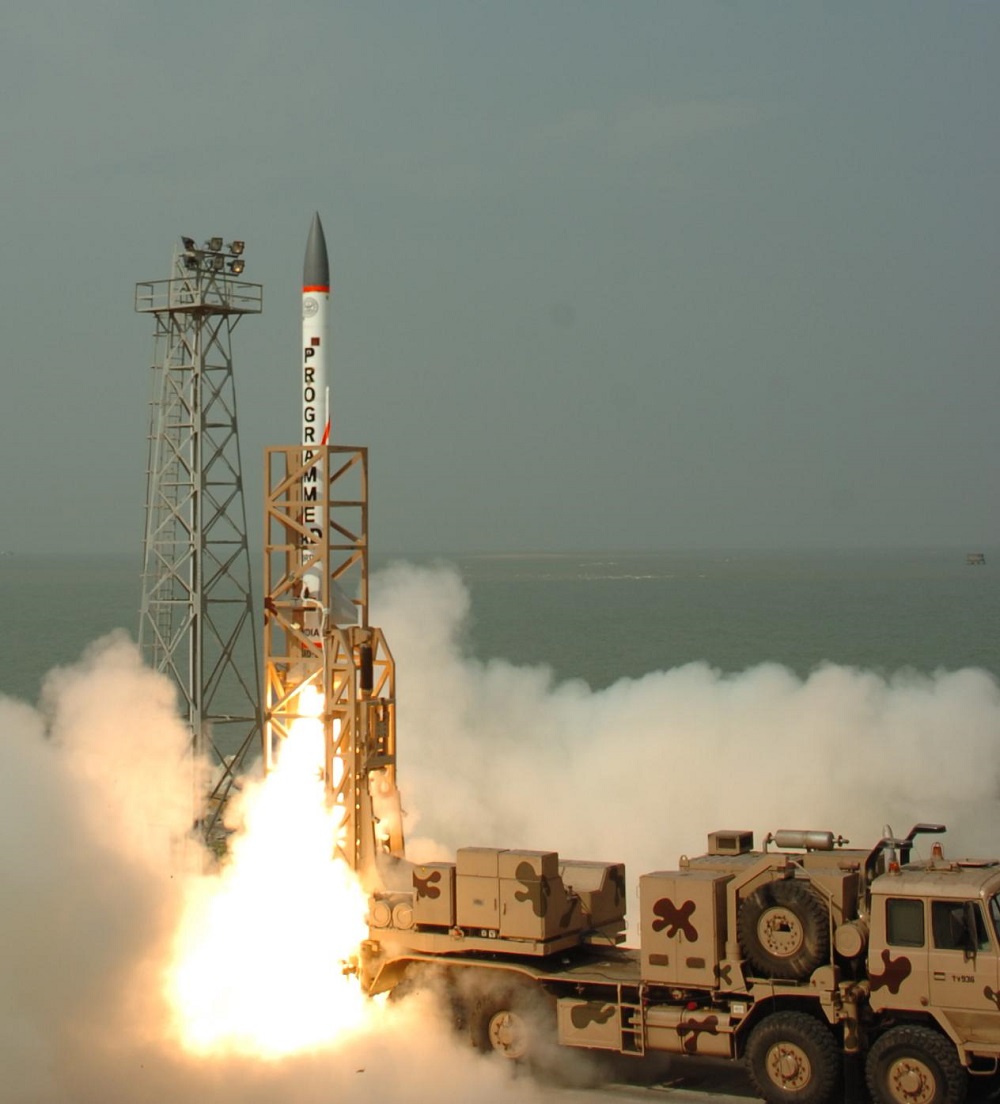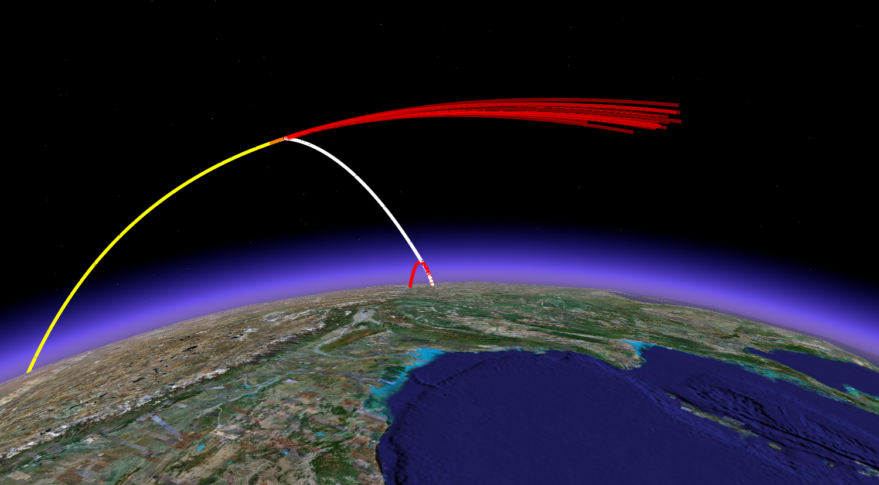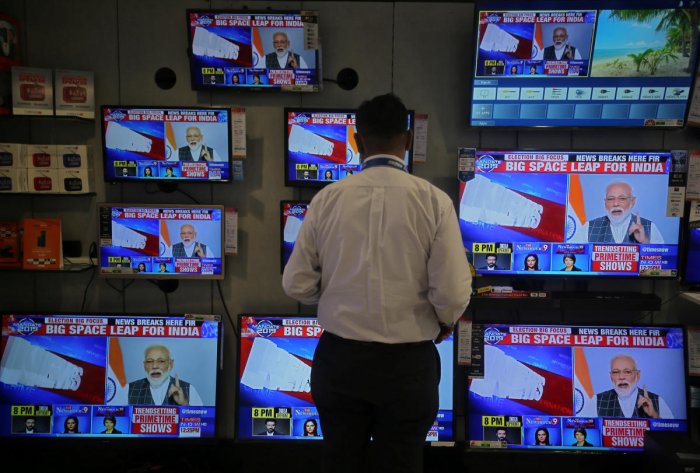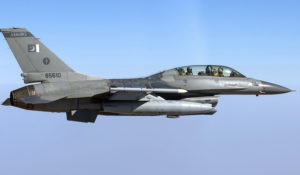It was a pleasant surprise to hear that India successfully test fired an Anti-Satellite missile and destroyed a Low Earth Orbit (LEO) satellite at about 300 km altitude. To begin with I must fulfil my duty as an aerospace engineer and tell you what this weapon is: its a missile that can bring down enemy communications and/or spy satellite in an event of a war. But there is more than meets the eye when a country develops an ASAT missile, while we think of an ASAT as an offensive weapon the technology developed is primarily for defence. No, not the generic talk about the missile being a credible deterrent and preventing any misadventures by an adversary, we have heard enough of those for nuclear bombs. You see at LEO a satellite has a velocity of near about 7-8 km/sec and are no larger than a mid-sized car, destroying them need incredible accuracy which can only be obtained by a plethora of tracking systems and a guided hypersonic projectile. Do you know what else moves at similar altitudes and velocity while being even smaller in size? Warhead (nuclear or conventional) of a ballistic missile during re-entry and the navigation and control system of an ASAT can actually be used to enhance the capabilities of a missile defence system. Now, to some, it might come as a surprise but since 2008 India has had an indigenously developed two-tiered shield capable of intercepting any incoming missile launched from up to 5,000 kilometres away. The ASAT missile is just an add on to an already existing system. But I guess you guys already knew all that because most of the people around me have just one doubt “who to give credit for the successful test?”. That’s exactly what I will try to answer through this article.

Thanks to our neighbour’s the past few months have seen been one hell of a ride from terror attacks to cross border strikes and dog fights we have seen it all and in the midst of all this, the nation kept asking “who to give credit for it?”. At present we live in a country that is divided on Modi but united by Rahul Gandhi memes. With elections approaching and so much action taking place, we can’t help but wonder if all the actions are just election gimmicks or something concrete?

Let’s start with the ASAT test, India had the capability to develop an ASAT missile since 2012, however, lacked the political will to actually carry out such a test. It’s not me who is saying this but ex-DRDO chief Dr VK Saraswat, who went on record to say that the former government (UPA/congress) did not allow for such a test out of fear of repercussions and international outcry. So, had it been up to DRDO we would have had our 1st ASAT test as far back as 2012, I guess there was a key ingredient that was missing. Now coming to the Balakot strikes, India has had mirage 2000s for decades and they have dropped laser-guided bombs even during the Kargil war and if Air Chief Marshall Fali Homi major is to be believed the airforce was ready to do a similar strikes post 26/11 as well. However, the then elected government (UPA/Congress) choose to do otherwise. They felt such actions would damage India’s reputation as a peace-loving nation, isolate us on an international platform and were simply not willing to take any risks.
You see, a failed ASAT test or cross border strike comes with its own risks and could prove to be a nightmare for the ruling government. Take Wing Commander Abhinandans case, for example, do you think a country that does not even accept its own dead soldiers (think Kargil war) and massacres its own people (think Bangladesh) is righteous enough to return an enemy pilot in under 72 hours without any terms and conditions? What happened then, we perhaps would never know of the back channel diplomacy and threats that ensued but one thing is for sure something did change. What exactly is anyone’s guess. We could spend hours moving about a circle with this question, so I am giving you a hint. The thing that changed is we started caring, started thinking above scams and sustenance and intonation building and prosperity because of who or what I don’t know, or perhaps we all do and just aren’t willing to accept it. But we have all changed, from meek people who cancelled cricket matches to people who drop bombs, from people who intentionally reduce the range of their ICBM (read up on Agni-5 and its capabilities) to people who destroy satellites. Is it for better or for worse only time will tell but what has changed is for everyone to see. Its no secret that we have and have had some of the brightest minds the world has ever seen and our army has been a formidable force since its inception. But what we lacked was the leadership and will to come out of our cocoon and show the world our capabilities.

So coming back to the question, should we give all the credit to: Mr Modi? absolutely not, the Indian defence establishment? maybe… But to ourselves? 100% yes. Why us, because it were the scientist amongst us who rose to develop such systems and men in uniform who dared to cross the border. It was us who choose the present government and it is us who will choose the future governments as well and it is us who make or break this country. So this election season when you go out to choose, choose wisely and live well.




Well covered, Jetboy. Also consider the following:
1. The same Dr Saraswat claimed in 2012 that India need not test the ASAT due space debris issues & fact that efficacy of this wpn could be ascertained through simulation. What changed now, I wonder.
2. We tested a fortnight before general elections what we successfully developed in 2012 & China tested in 2007. Cough, cough 😀
3. A recent article written by former Foreign Secretary Shiv Shankar Menon on then govt’s decision to launch a diplomatic offensive rather than air strikes in the wake of 26/11, & how India ‘gained’ from it, is worth a read.
4. Using the ASAT test (or Abhinandan, for that matter) for political mileage dilutes the significance and appeal of such an achievement.
5. Who has seen the long term effects of a ‘space arms race’ this will set off in our impoverished neighborhood? That will surely outlast governments and parties.
Politics apart, I applaud our scientists who always had the talent and are second to none. I am a bit wary of chameleons and opportunists though. All decisions must be open to questions. Blind faith & idol worship shouldn’t tip us over towards new age fascism.
Well done!
The US and Russia, though, still maintain thousands of nuclear weapons while the other seven countries — the UK, France, China, Israel, India, Pakistan, and North Korea — have no more than a few hundred. Still, every country has more than enough weapons to cause suffering on a scale never seen in human history.